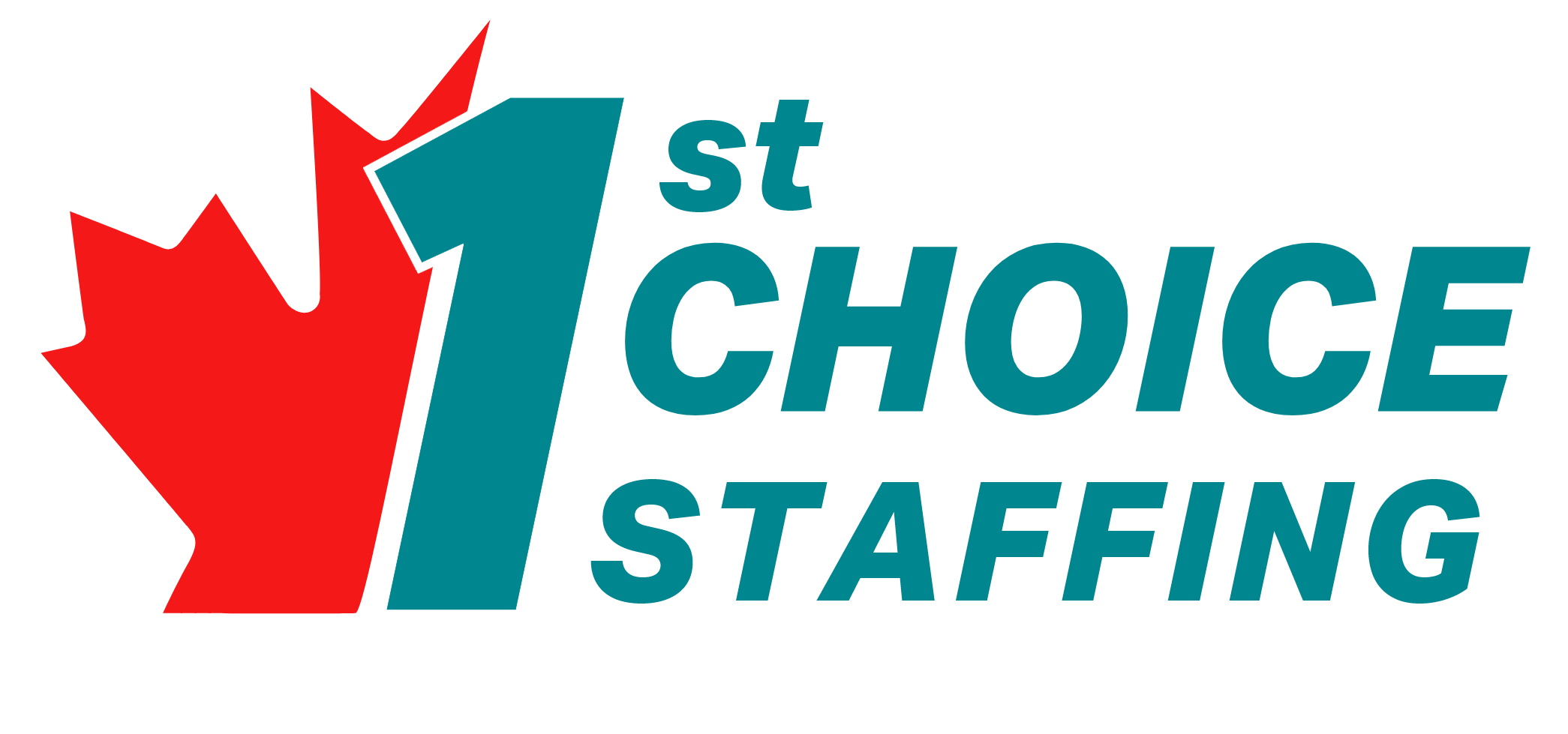Mastering the Art of Building an Effective Employee Referral Program
Businesses are always looking for novel approaches to entice top personnel. Making an employee referral program is one of the numerous techniques that stands out for its usefulness and efficiency. In addition to empowering your present staff, a well-designed referral program speeds up the hiring process and attracts applicants who are more likely to have the same values and culture as your business. In this article, we’ll examine the essential procedures for developing an efficient employee referral program that encourages participation, cooperation, and mutual achievement.

Set Clear Objectives and Goals:
Outlining your aims and objectives is crucial before starting the process of developing an employee referral program. Do you want to speed up the hiring process, raise the caliber of applicants, or increase employee engagement? Setting specific goals will give you a guide for creating a program that is tailored to your business’s requirements.
Define Eligibility Criteria:
Specify who is qualified to take part in the referral program. In general, this applies to all employees, but if there are any exceptions, like the employee’s term or job level, being clear about them can help prevent misunderstandings.
Incentives That Matter:
The rewards you provide are the center of every referral program. While cash prizes are common, you should also think about including non-cash benefits that fit with your business culture, such as more vacation days, unique recognition, or career advancement chances. A blend of material and immaterial rewards can significantly increase involvement.
Simplify the Process
A cumbersome referral procedure may deter participation. Make the referral procedure as easy to use and straightforward as you can. Implement a user-friendly online portal so that staff members may submit recommendations, monitor progress, and get updates.
Transparent Communication:
For your referral program to be a success, communication must be clear and concise. All employees should be made aware of the program, its advantages, and how it fits into the company’s growth goal. Inform participants of the progress of their recommendations on a regular basis to keep them interested.
Promote Through Multiple Channels:
Promote your referral program using a variety of communication methods. The program can be promoted internally by means of emails, company newsletters, intranet announcements, and even team meetings.
Feedback and Evaluation:
Review and evaluate the program’s performance on a regular basis. Are you succeeding in your goals? Are workers motivated? Has the caliber of hires increased? Utilize the input to improve and modify the program as necessary.
Recognize and Celebrate:
Celebrate and publicly recognize the success stories that come from the program. Recognize the people who referred you as well as the new employees they brought in. This not only improves employee morale but also highlights how important the program is.
Continuous Improvement:
The process of creating a successful employee referral program is dynamic. Continue to collect participant comments, examine hiring data, and look for ways to improve the program. Adjust to the shifting demands and trends of the labor market.
The goal of developing a successful employee referral program extends beyond simply filling unfilled positions. It involves encouraging a culture of cooperation, involvement, and mutual achievement inside your company. You may create a program that not only recruits top talent but also deepens the ties among your employees by setting clear objectives, streamlining the procedure, offering significant rewards, and encouraging open communication. Keep in mind that a well-designed referral program is an investment that pays off over time in the form of superior hiring and a more harmonious workplace.
